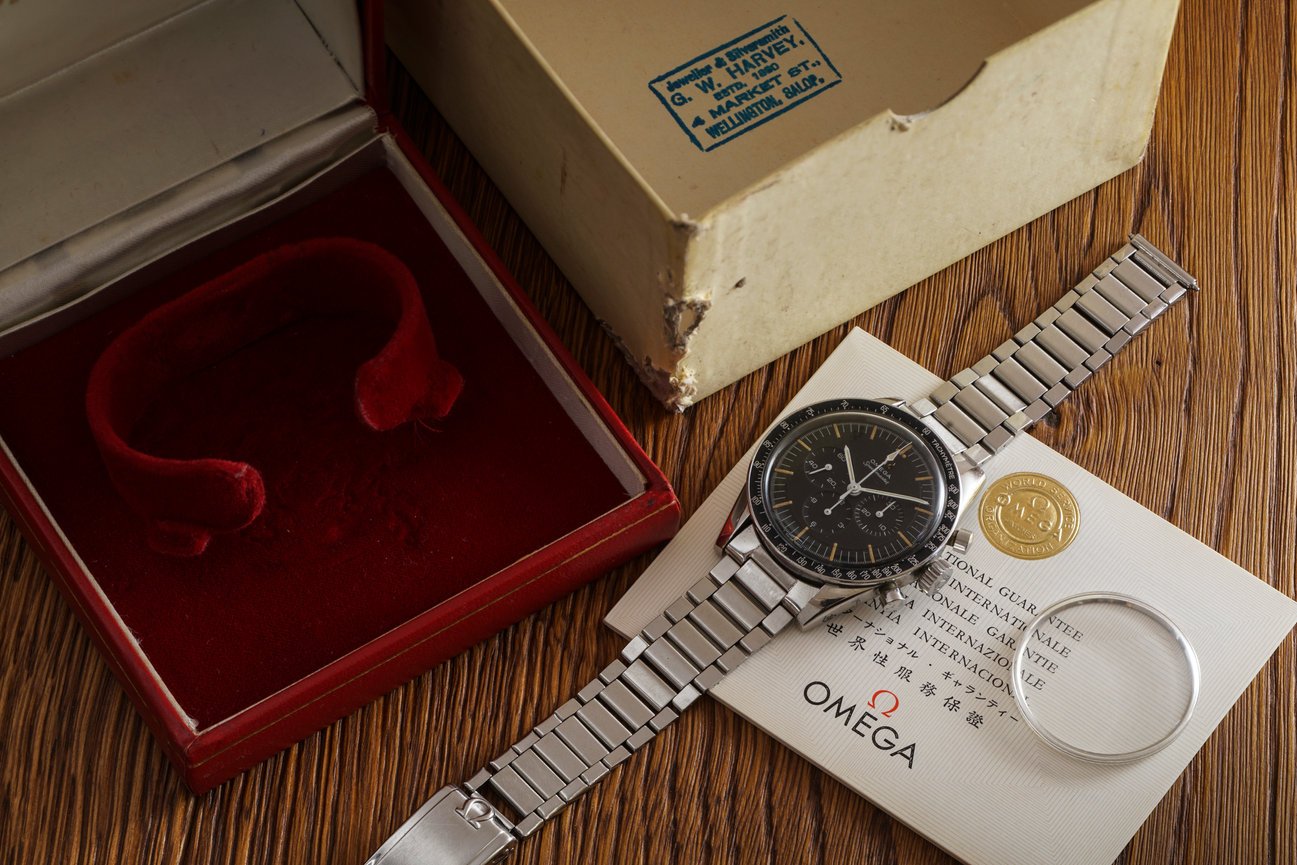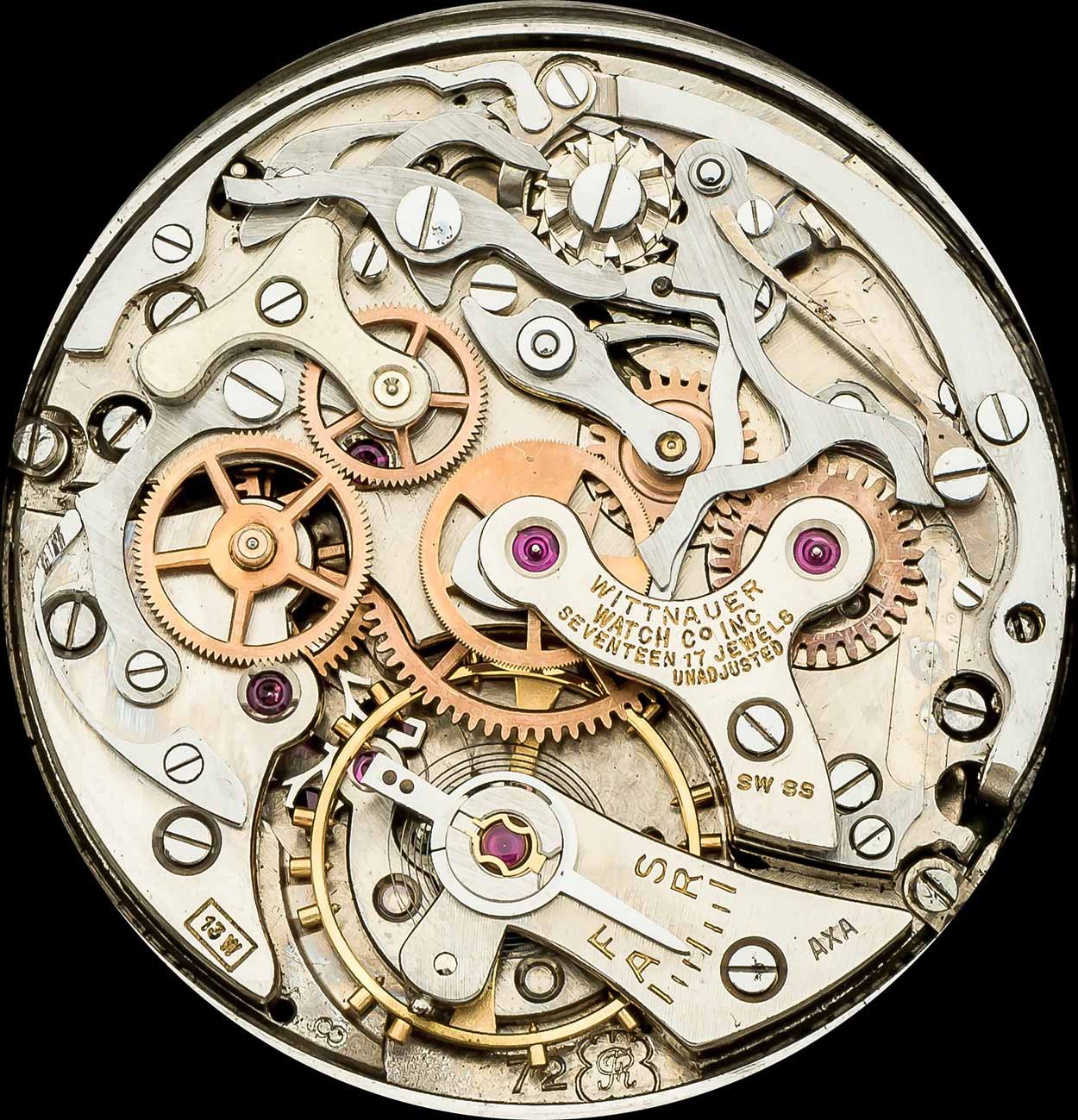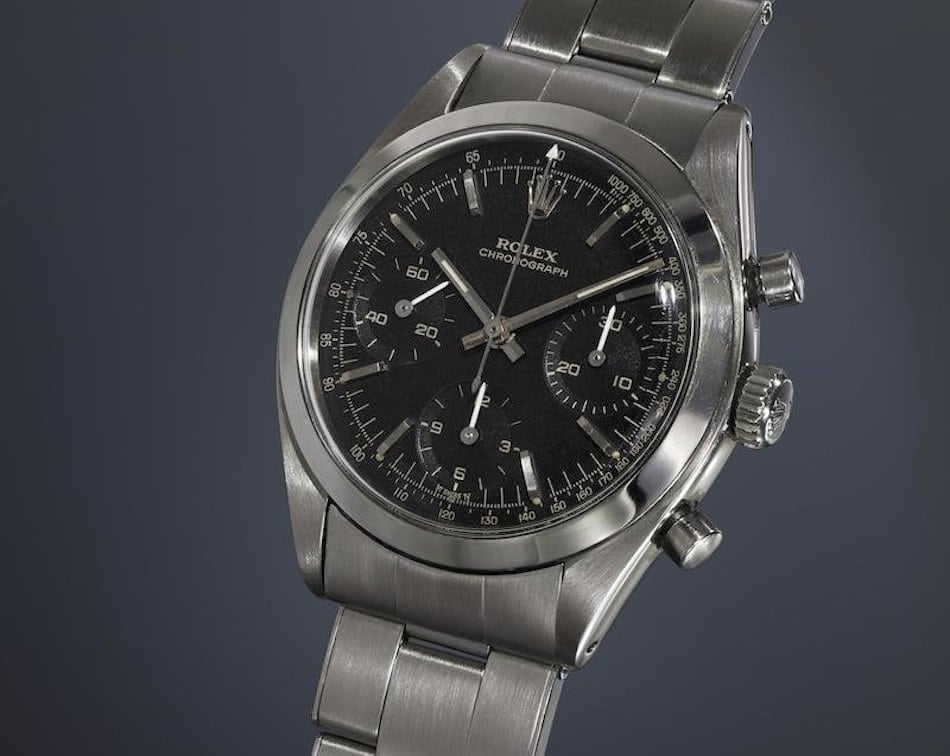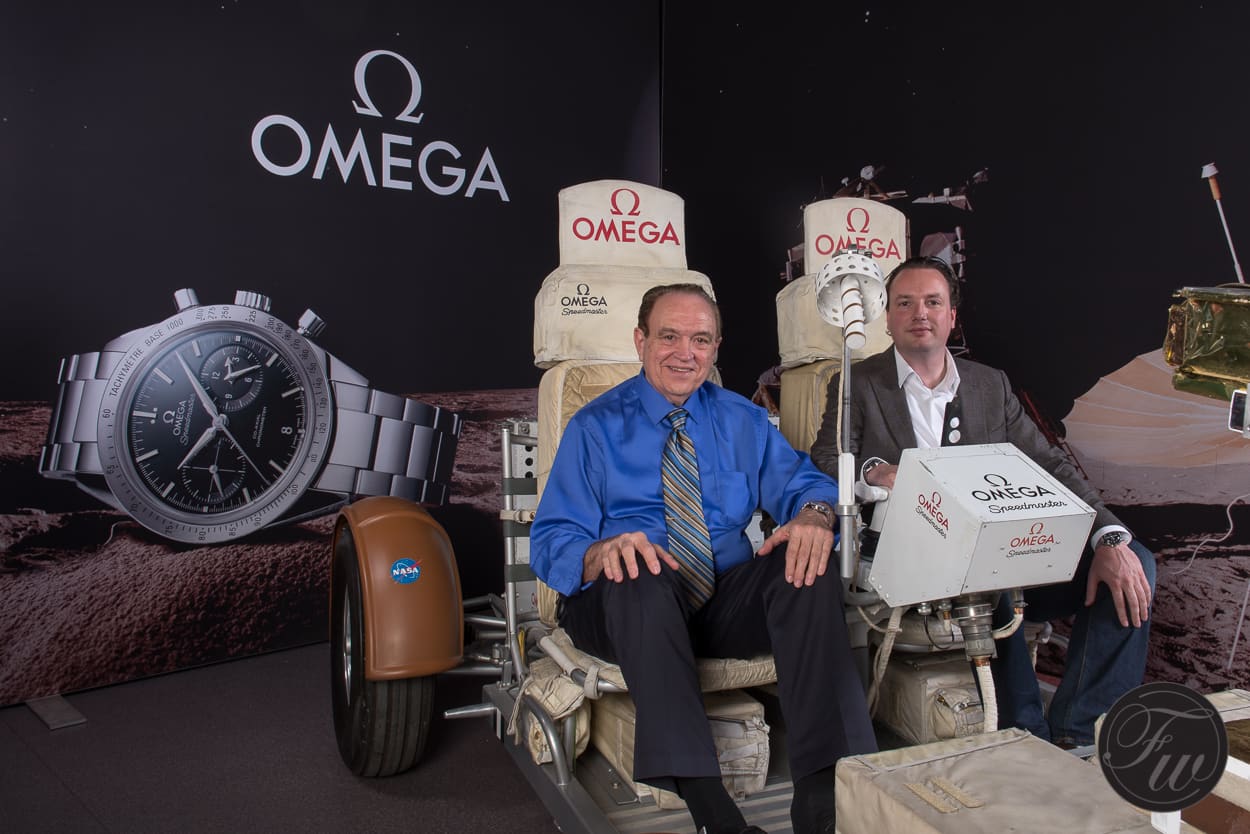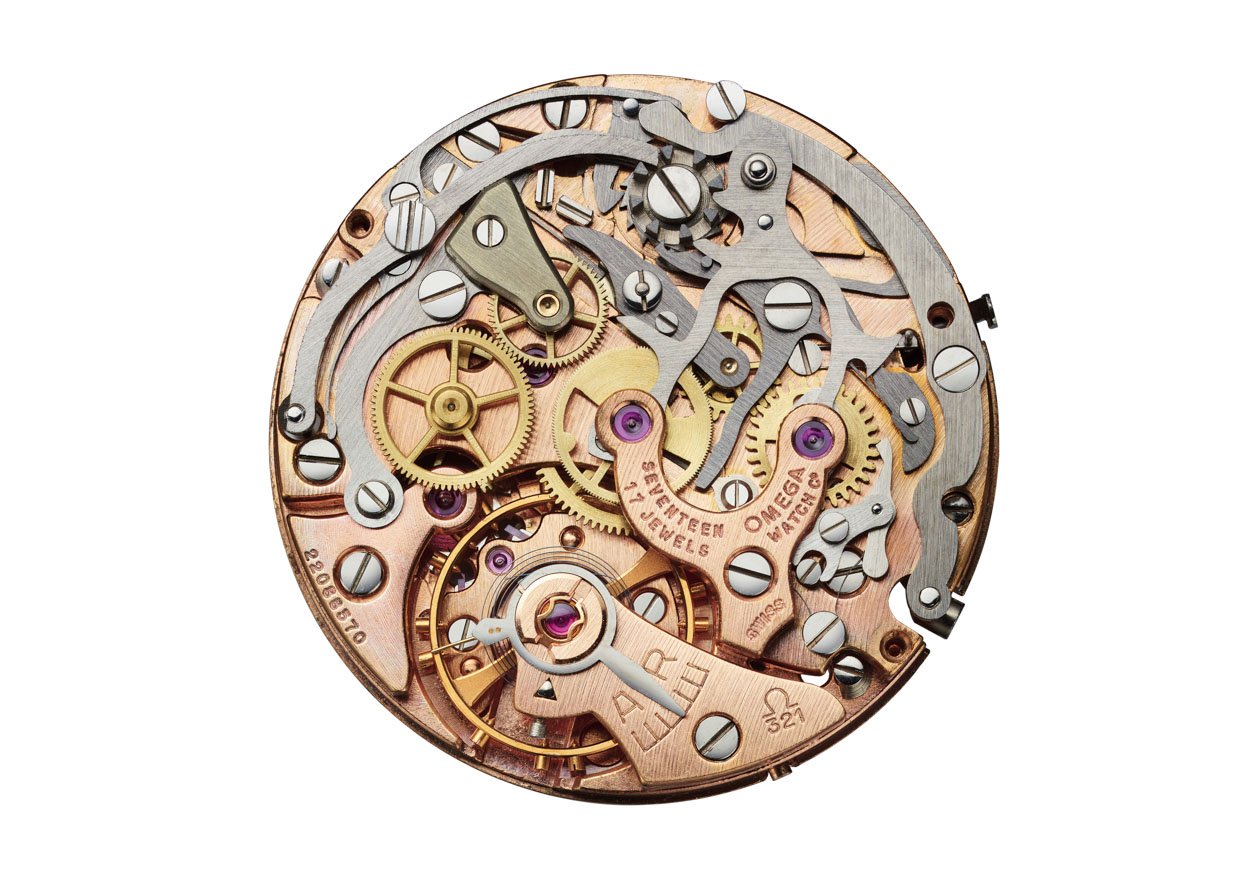Finally!!! The Identity Of The Other NASA-Tested Watches
This week, we had the good fortune to visit Omega in Biel for a #speedytuesday get together. For certain, the occasion will always be remembered as the world debut of the resurrected caliber 321. But there was something else that was divulged during part of the program that truly piqued my interest – the absolute truth on two of the other references that were tested by NASA when selecting what would ultimately become “the Moonwatch”. Yes, folks, you will read the black and white truth about two of the watches that didn’t become Moonwatches. These are the other NASA-Tested watches.
The Other NASA-Tested Watches
Petros Protopapas, the Brand Heritage Manager of Omega, held a 90 minutes long forum and shed new light on a number of space-related Omega watch topics. What the #SpeedyTuesday guests didn’t know at the time- it was earlier in the day – was that this discussion would set the table for the later reintroduction of the 321. In order to prep us, Petros walked us through many of the virtues of the legendary caliber and in parts of the discussion; he compared the movement to the also-iconic Valjoux 72. Why was this comparison made and what did this have to do with the other NASA-Tested Watches?
Caliber 321 versus Valjoux 72
A Robust Movement
First of all, the Valjoux 72 is a lovely movement, and Petros reiterated this, but he spent a lot of time in showing us technical differences between two movements that both contained column wheels and triple registers. But what we saw during the presentation is that the Lemania 321 contained some highly robust features. I won’t get into the deep technicals, but the construction of the movement truly allowed the watch to survive rather violent jostling while the chronograph was in use. The result is that the hands simply would not skip. Physical impediments within the gear train made the 321 far less likely to report incorrect timing versus the 72. Credit continuous updates to the 321 that ultimately made it robust enough to withstand NASA’s testing. And so again, why was the side-by-side discussion of the two movements so important? Realize there were no disparaging comments made about the two brand’s watches that did not pass the testing as other NASA-Tested Watches, but both of those watches contained the Valjoux 72.
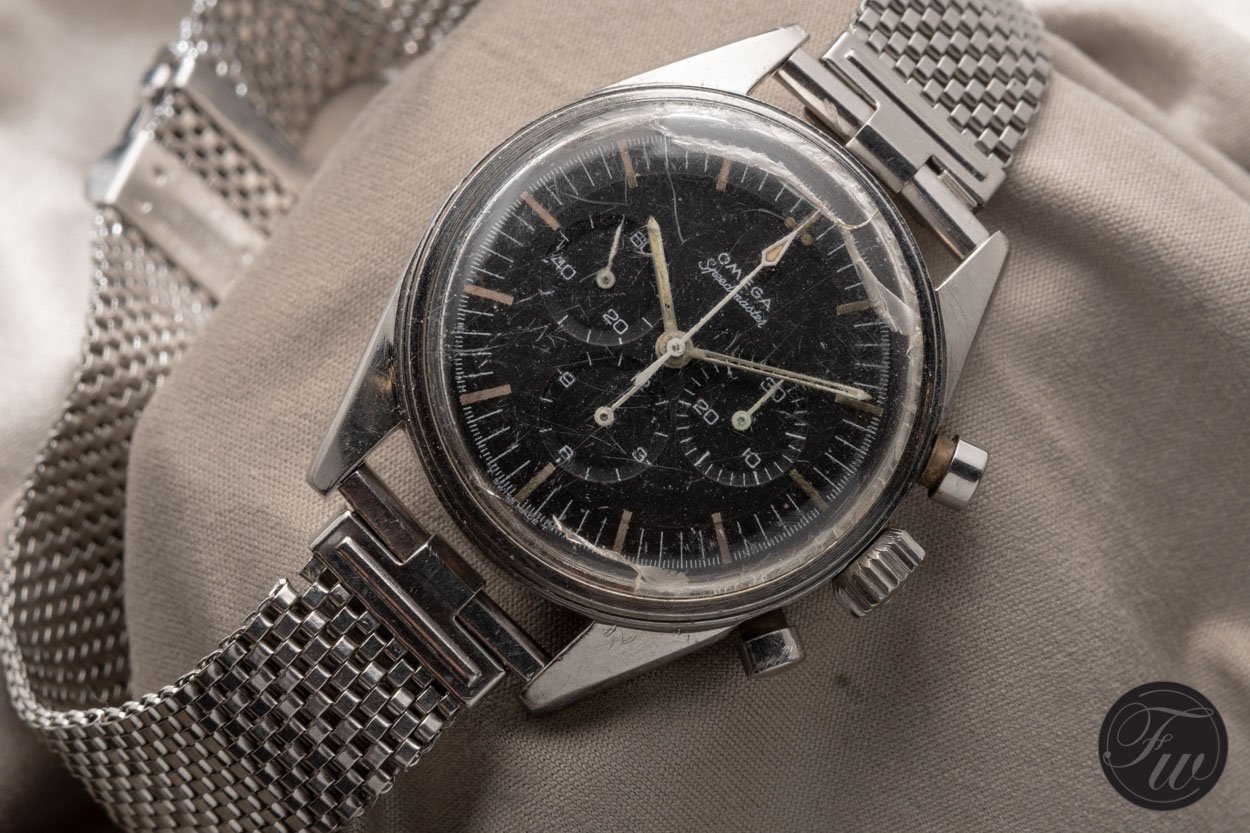
Gene Cernan’s 105.003
Speedmaster 105.003
So many rumors, guesses, and theories have been published about the other NASA-Tested Watches. First off, the US Government did not purchase the watches at a local Houston jeweler (which we already touched here). In fact, a specification was created and sent to the US-based distributors of several watch brands. Amongst these were brands such as Omega, Rolex, Longines, Lucien Piccard, and others. As these requests from NASA were sent to distributors, it seems the message often didn’t get back to the “mother ships” back in Switzerland as many brands either failed to answer, didn’t answer in time, or ignored the request. But there were some answers. We know the Omega response – the 105.003, which became the “Ed White” (but also worn by Gene Cernan), was tested and ultimately made the grade. But there were two others. Now, keep in mind that it was only a few short years ago that Petros gave a talk in Japan about the Moonwatch tests. The responses from the distributors were shown, but much of the juicy information was blacked out. Not today!

The Wittnauer 235T
Longines-Wittnauer 235T
First, Longines responded as Longines-Wittnauer, which was the US-based distributor. Their response to NASA, and I saw the letter with my own eyes, clearly stated that they were sending the reference 235T as seen above (possibly sans “Professional” on the dial). We reviewed this watch in an earlier #TBT article and brought up the possibility that this was the failed Moonwatch.
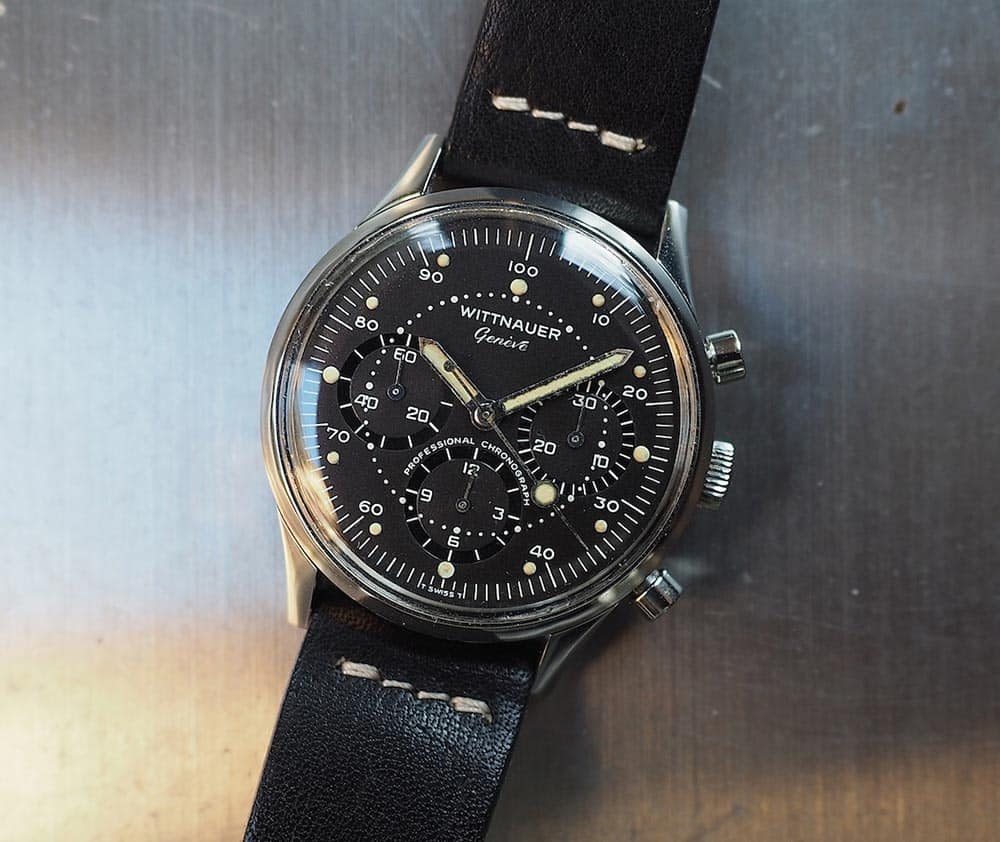
The Wittnauer 242T – never tested by NASA
Lore long held that it was the black-dialed and rather illegible, but exotic 242T (as seen above) that failed testing, but it simply isn’t so. The 235T was the watch that was tested by NASA from Longines and can be considered clearly as one of the other NASA-Tested Watches.
Rolex 6238
Second, Rolex USA out of New York City responded and they – in black and white – stated that they would be sending a reference 6238, aka the “Pre-Daytona” or “George Lazenby”. If I listened correctly, the dial color that was chosen is not known. But here again, I’ve read the rumors of Datejusts and others from Rolex, but it was the 6238 that was one of the other NASA-Tested Watches.
I could’ve taken photos of the documents showing the references of the other NASA-Tested watches and I am sure that someone will in short order, but I decided not to. Perhaps it was my Indiana Jones and the Last Crusade moment upon finding the grail and then leaving it behind (I know, that’s not exactly what happened in the movie), but I simply didn’t want to cheapen the experience of the discovery. What was tested and what failed has been the source of so many rumors over the years that it was really exciting to find out the truth.
What if..
What’s also fascinating is to think about some alternate universe where a different watch could have become the Moonwatch. I think most would have boiled the race down to Omega and Rolex – the two big horses. But can you imagine if Wittnauer had somehow won the day? The brand is barely around today – oh how things might have different.
In the end, though, on top of all the things that made the Speedmaster successful in the NASA testing, it seems that the 321 was truly pivotal. A big thanks to Omega for putting some age-old arguments to rest! Case closed!
More information on Omega’s heritage can be found via the omegamuseum.com website.

